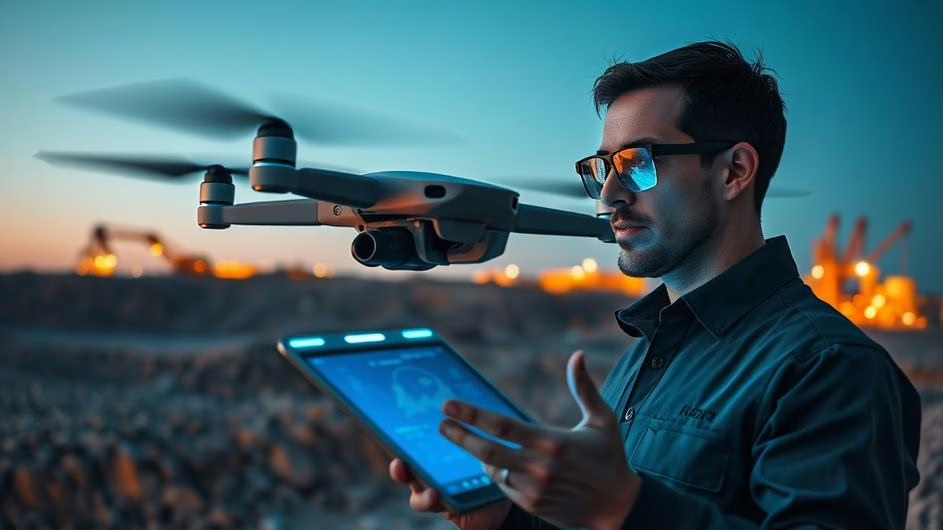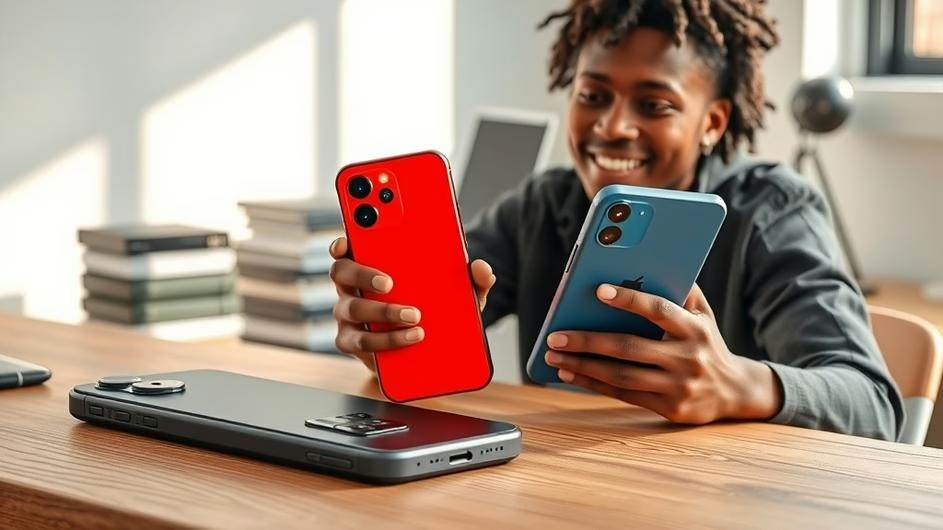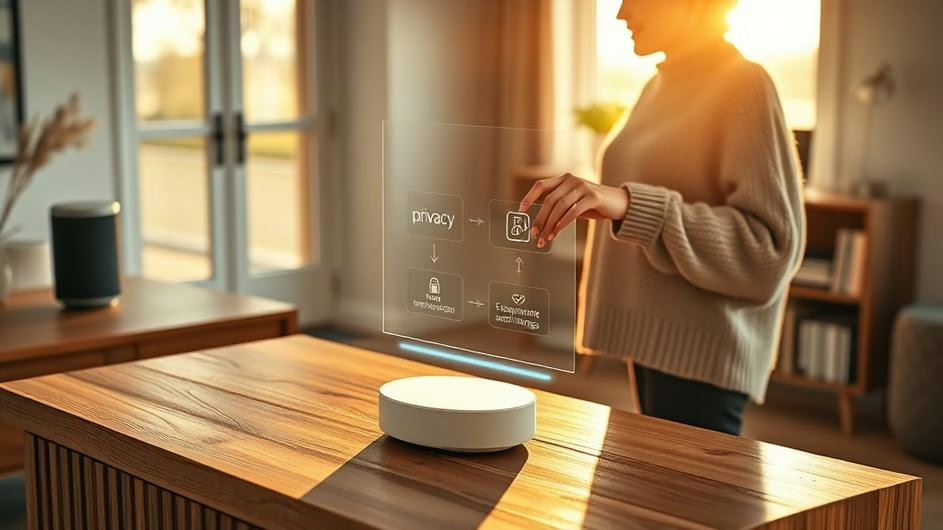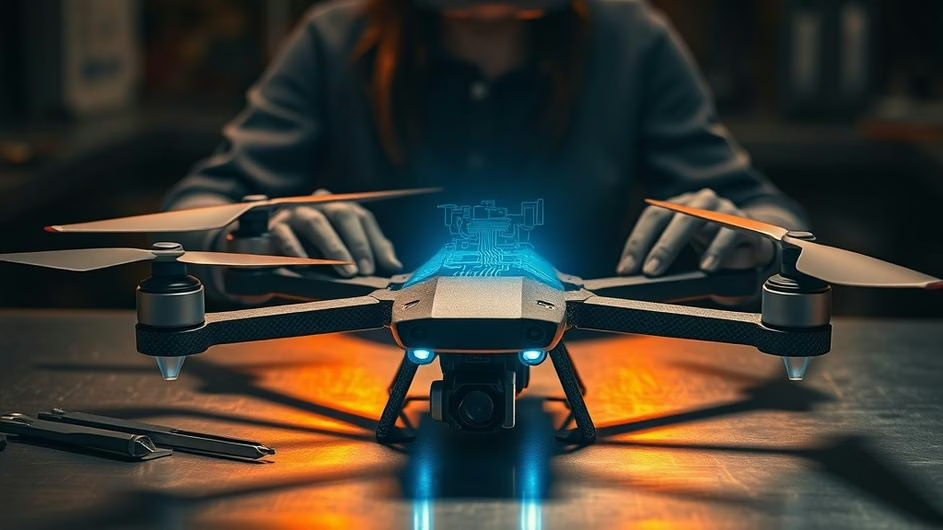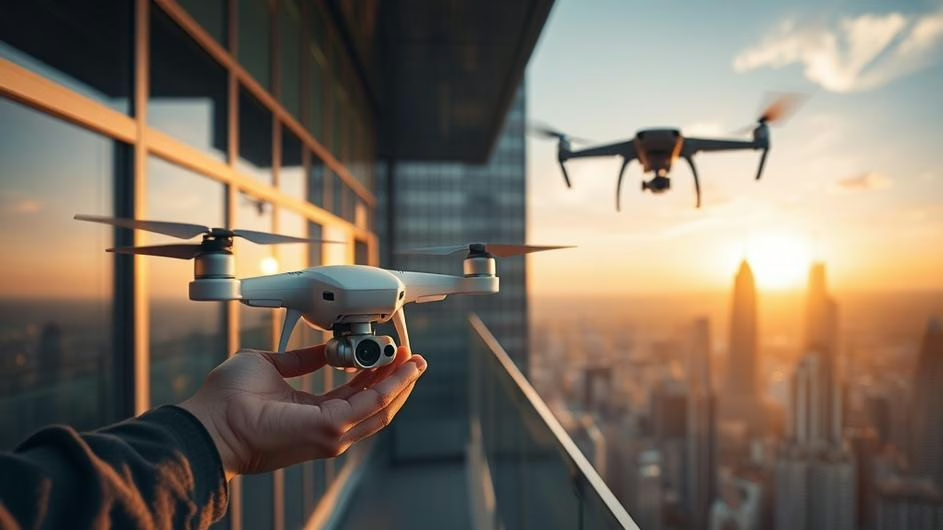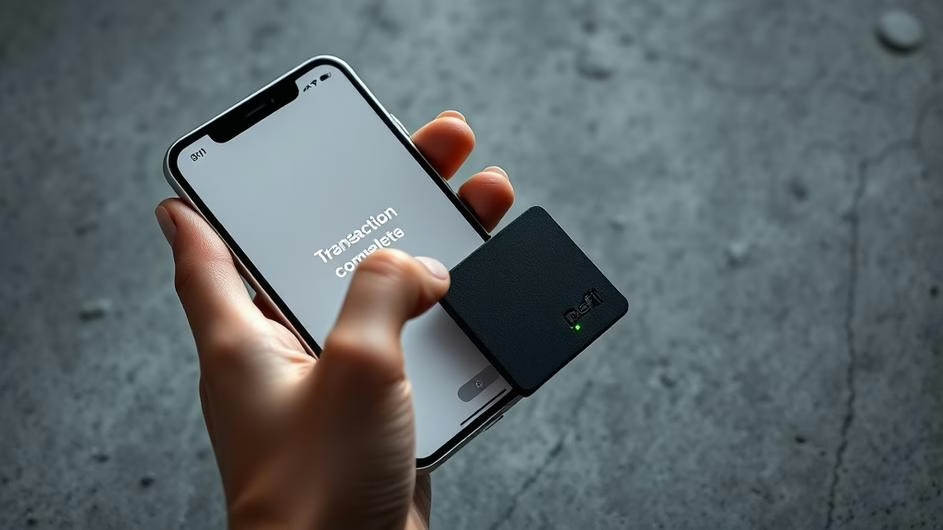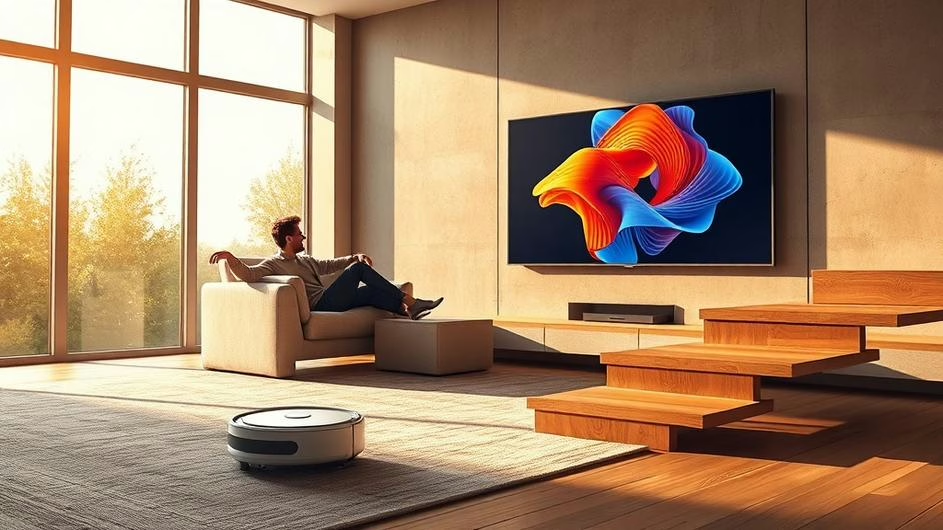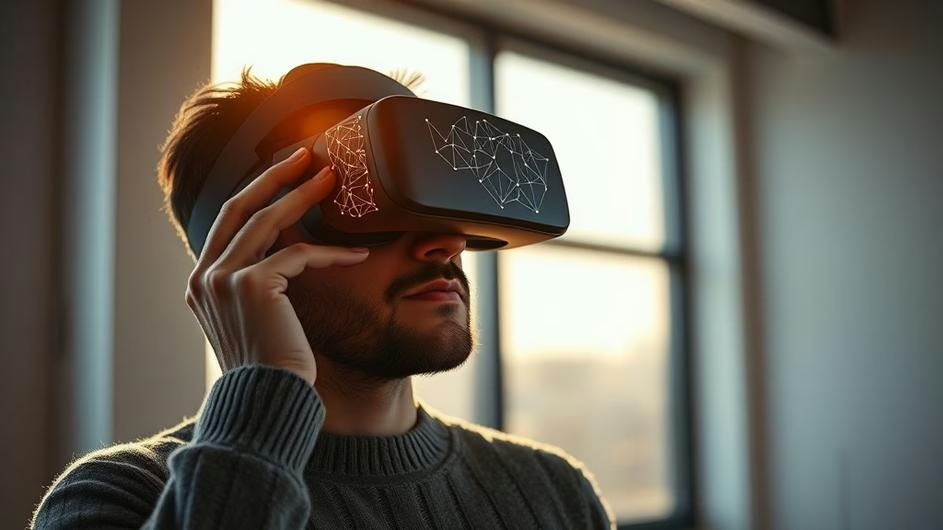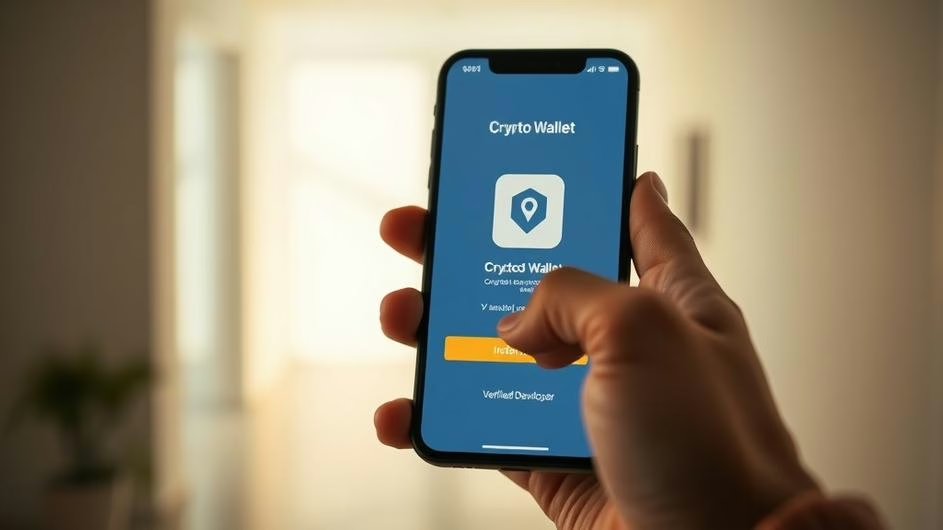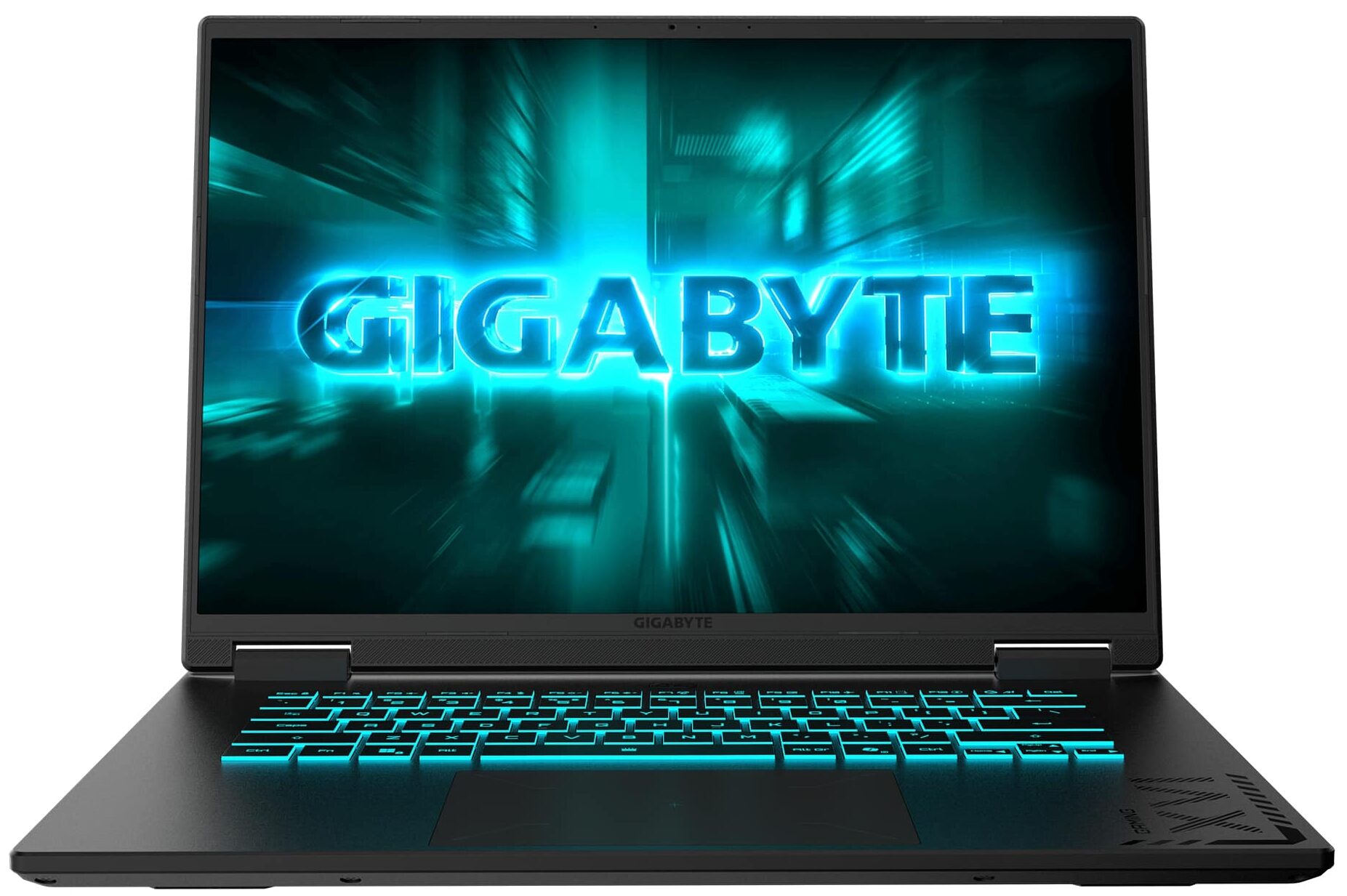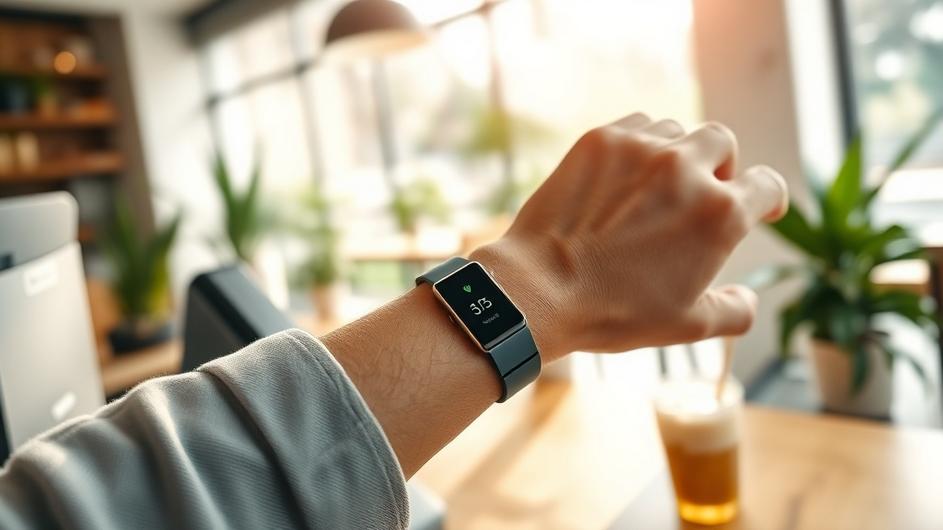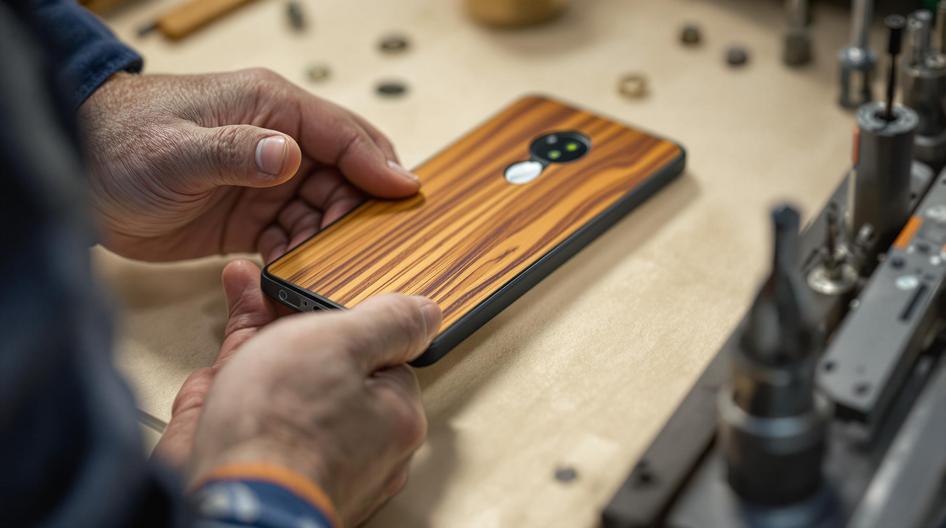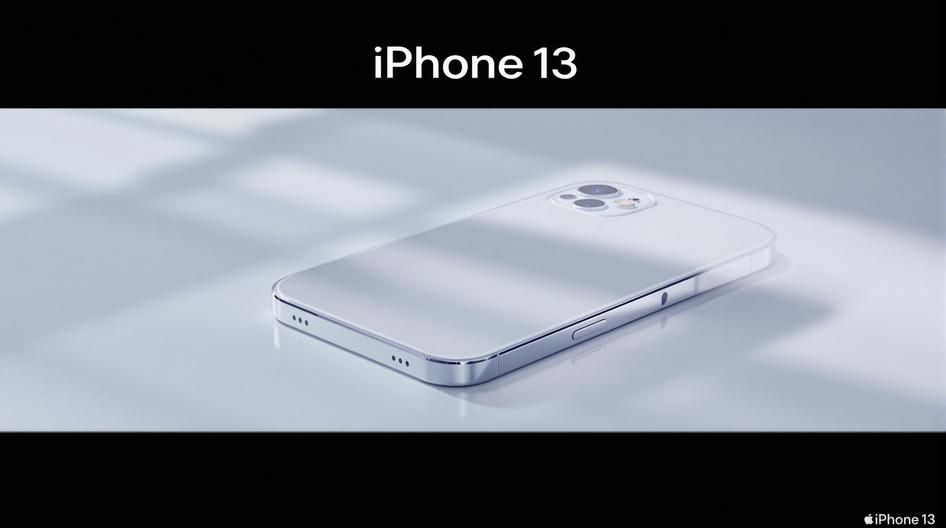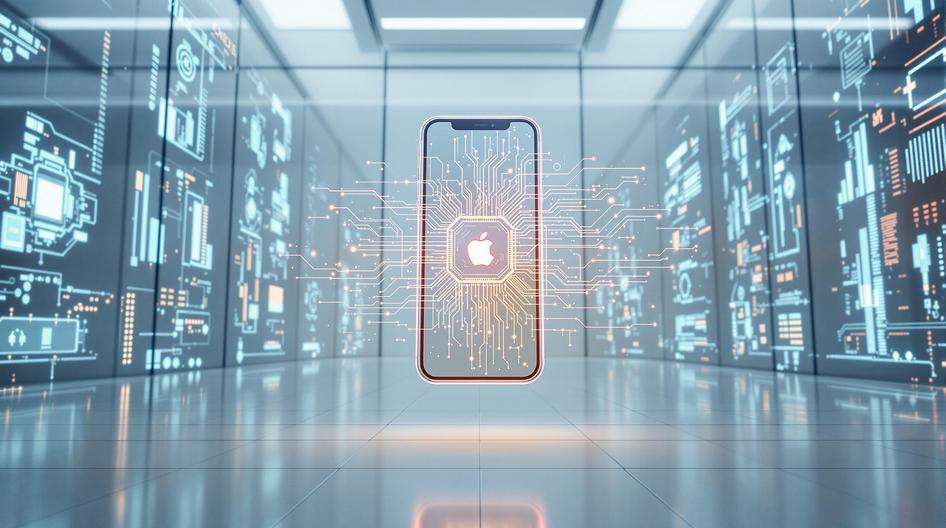
Next-Gen Smartphones, Space-Based Networks, and Mobile Apps Redefine the Tech Frontier
The smartphone revolution isn’t slowing down. If anything, 2025 has proven that mobile tech keeps pushing into territories we didn’t expect. From camera breakthroughs that rival professional equipment to augmented reality features becoming mainstream, today’s devices are reshaping how we work, create, and even invest in digital assets.
Camera Tech Gets Serious About Professional Quality
Oppo’s upcoming Find X9 Pro has tech enthusiasts talking, and for good reason. The leaked specs show a collaboration with Hasselblad that brings XPan panoramic photography to your pocket. We’re talking dual-periscope telephoto lenses that would make camera nerds jealous.
Samsung isn’t sitting still either. Their new 200-megapixel sensor is the smallest yet, promising detail that’ll make your Instagram shots look like they came from a studio. For developers working on AI-powered applications or blockchain-based art platforms, this means users can create and share high-quality content without expensive equipment.
Software Updates: The Good, Bad, and Complicated
Samsung’s One UI 8 rollout shows how complex keeping millions of devices updated can be. While devices like the Galaxy F56 and A73 got the Android 16-based update smoothly, Galaxy S22 users hit a snag with paused rollouts.
What’s interesting is how the Galaxy Watch 7’s Wear OS 6 update blurs the line between phones and wearables. For crypto enthusiasts, these updates matter more than you might think. Better biometric security and improved wallet integration APIs make managing digital assets on mobile devices more secure and user-friendly.
Enterprise Goes Mobile-First
Xometry’s new mobile Workcenter app might seem like niche manufacturing software, but it represents something bigger. Their AI-driven marketplace now lets suppliers manage everything from job offers to production workflows on smartphones.
This mobile-first approach to traditionally desktop-bound industries shows how businesses are adapting. As supply chains become more digital and potentially tokenized, these platforms bridge the gap between physical manufacturing and Web3 infrastructure. It’s not hard to imagine smart contracts managing these workflows in the near future.
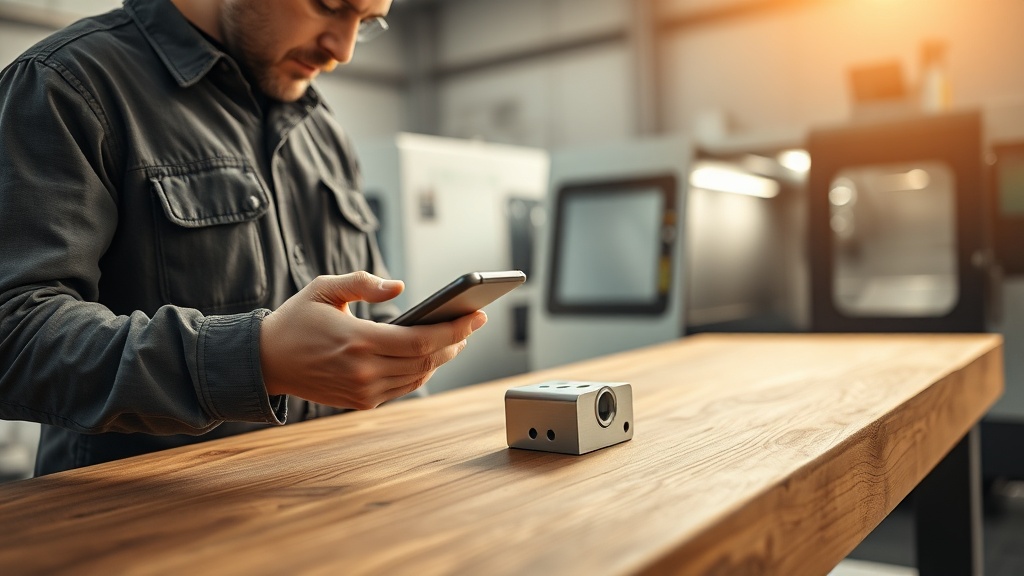
Space-Based Internet Changes Everything
Here’s where things get really interesting. AST SpaceMobile’s deal with Verizon promises space-based cellular broadband that works with any standard smartphone. No special satellite phone needed.
Starting in 2026, this S-Band spectrum network could revolutionize connectivity across the US. Think about the implications for crypto trading and DeFi protocols. When your smartphone can access satellite networks directly, traditional infrastructure limitations disappear. Cross-border payments, decentralized communication, and blockchain verification could happen anywhere, even during natural disasters or infrastructure failures.
The Crypto Generation Starts Young
A recent CNN report highlighted something many parents already know: kids are getting smartphones younger than ever. This isn’t just a parenting trend; it’s shaping the next generation of digital natives.
These young users will likely encounter crypto wallets, NFTs, and blockchain apps as normal parts of their digital experience. Their expectations for privacy, security, and ease of use will drive how Web3 applications develop. Companies building for mass adoption need to consider this demographic from day one.
Where Mobile Tech Meets Digital Finance
The convergence happening right now isn’t just about better cameras or faster processors. It’s about creating the infrastructure for a more decentralized digital economy. When smartphones can capture professional-quality content, connect via satellite, and run sophisticated apps, they become the primary gateway to crypto ecosystems.
Consider how these developments connect: high-quality cameras enable NFT creation, satellite connectivity ensures global access to DeFi protocols, and improved biometric security makes self-custody wallets more practical for everyday users.
The question isn’t whether mobile devices will drive crypto adoption. It’s how quickly the traditional barriers between gadgets, connectivity, and digital finance will disappear. Based on what we’re seeing in 2025, that timeline is accelerating faster than most people realize.
Sources:
- “One UI 8 rollout stops for now on your Galaxy S22 smartphone,” Sammy Fans, October 14, 2025
- “Xometry Launches New Workcenter Experience,” Stock Titan, October 9, 2025
- “Earth’s ‘new reality,’ sports fan rage, kids and smartphones,” CNN, October 13, 2025
- “AST SpaceMobile Announces Definitive Commercial Agreement with Verizon,” Business Wire, October 8, 2025
- “Oppo Find X9 Pro: Hasselblad camera samples,” Notebookcheck, October 12, 2025

